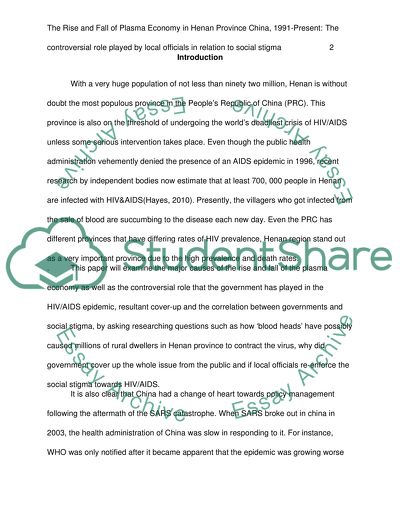Cite this document
(“The rise and fall of the plasma economy in Henan Province China, Research Paper”, n.d.)
The rise and fall of the plasma economy in Henan Province China, Research Paper. Retrieved from https://studentshare.org/sociology/1462241-the-rise-and-fall-of-the-plasma-economy-in-henan
The rise and fall of the plasma economy in Henan Province China, Research Paper. Retrieved from https://studentshare.org/sociology/1462241-the-rise-and-fall-of-the-plasma-economy-in-henan
(The Rise and Fall of the Plasma Economy in Henan Province China, Research Paper)
The Rise and Fall of the Plasma Economy in Henan Province China, Research Paper. https://studentshare.org/sociology/1462241-the-rise-and-fall-of-the-plasma-economy-in-henan.
The Rise and Fall of the Plasma Economy in Henan Province China, Research Paper. https://studentshare.org/sociology/1462241-the-rise-and-fall-of-the-plasma-economy-in-henan.
“The Rise and Fall of the Plasma Economy in Henan Province China, Research Paper”, n.d. https://studentshare.org/sociology/1462241-the-rise-and-fall-of-the-plasma-economy-in-henan.


